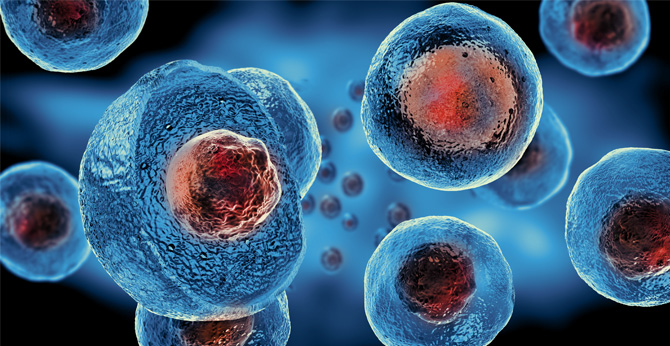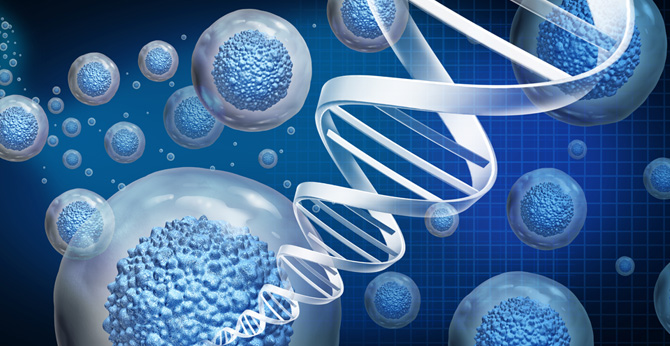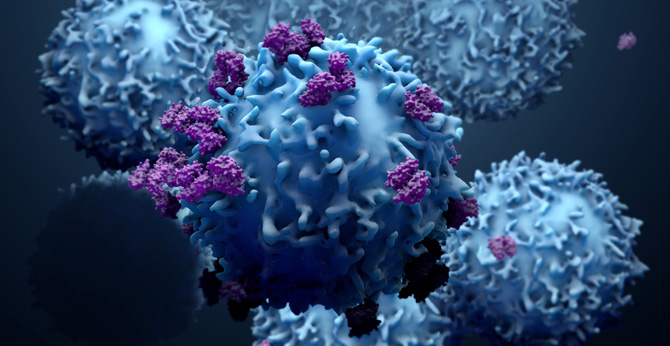All products and services are For Research Use Only and CANNOT be used in the treatment or diagnosis of disease.
The vector of anti-ROR1 chimeric antigen receptor (CAR) is based on the FcεRI receptor scaffold and constructed for the engineering of T cells to target human ROR1. The T cells are genetically modified through transduction with a lentiviral vector expressing an alpha chain composed of scFv of anti-ROR1 antibody and FcεR1α-SP, a beta chain composed of 4-1BB signaling domain and FcεR1β-ΔITAM, and a gamma chain composed of CD3ζ signaling domain and FcεR1γ-SP-ΔITAM. And the vector product was designed for the treatment of multiple myeloma.
|
CAR Construction :
Fig.1 Specificity and epitope mapping of anti-hROR1 mAbs. ELISA plates were coated with 100 ng/50 μL/well indicated recombinant fusion proteins. Baskar, S., Wiestner, A., Wilson, W. H., Pastan, I., & Rader, C. (2012, May). Targeting malignant B cells with an immunotoxin against ROR1. In MAbs (Vol. 4, No. 3, pp. 349-361). Taylor & Francis. |
|
CAR Construction :
Fig.2 Flow cytometry analysis of surface ROR1 expression comparison between parental (left) and BCL2 overex. . HuXBR1-402-G5-PNU synergizes with the BCL2 inhibitor venetoclax. Hu, E. Y., Do, P., Goswami, S., Nunes, J., Chiang, C. L., Elgamal, S., ... & Muthusamy, N. (2021). The ROR1 antibody-drug conjugate huXBR1-402-G5-PNU effectively targets ROR1+ leukemia. Blood advances, 5(16), 3152-3162. |
|
CAR Construction :
Fig.3 Competition assay using anti-ROR1 monoclonal antibody (clone 2A2). Histograms show the binding of anti-ROR1 2A2 monoclonal antibodies to cell surface ROR1 protein. Daikuzono, H., Yamazaki, M., Sato, Y., Takahashi, T., & Yamagata, K. (2021). Development of a DELFIA method to detect oncofetal antigen ROR1-positive exosomes. Biochemical and Biophysical Research Communications, 578, 170-176. |
More Published Data More Published Data
There are currently no customer reviews or questions for Anti-ROR1 (2A2) h(41BB/CD3ζ) Multi-chain CAR, pCDCAR1 (CAR-LC338). Click the button below to contact us or submit your feedback about this product.
For research use only. Not intended for any clinical use. No products from Creative Biolabs may be resold, modified for resale or used to manufacture commercial products without prior written approval from Creative Biolabs.
For any technical issues or product/service related questions, please leave your information below. Our team will contact you soon.
 NEWSLETTER
NEWSLETTER
The latest newsletter to introduce the latest breaking information, our site updates, field and other scientific news, important events, and insights from industry leaders
LEARN MORE NEWSLETTER NEW SOLUTION
NEW SOLUTION
CellRapeutics™ In Vivo Cell Engineering: One-stop in vivo T/B/NK cell and macrophage engineering services covering vectors construction to function verification.
LEARN MORE SOLUTION NOVEL TECHNOLOGY
NOVEL TECHNOLOGY
Silence™ CAR-T Cell: A novel platform to enhance CAR-T cell immunotherapy by combining RNAi technology to suppress genes that may impede CAR functionality.
LEARN MORE NOVEL TECHNOLOGY NEW SOLUTION
NEW SOLUTION
Canine CAR-T Therapy Development: From early target discovery, CAR design and construction, cell culture, and transfection, to in vitro and in vivo function validation.
LEARN MORE SOLUTION